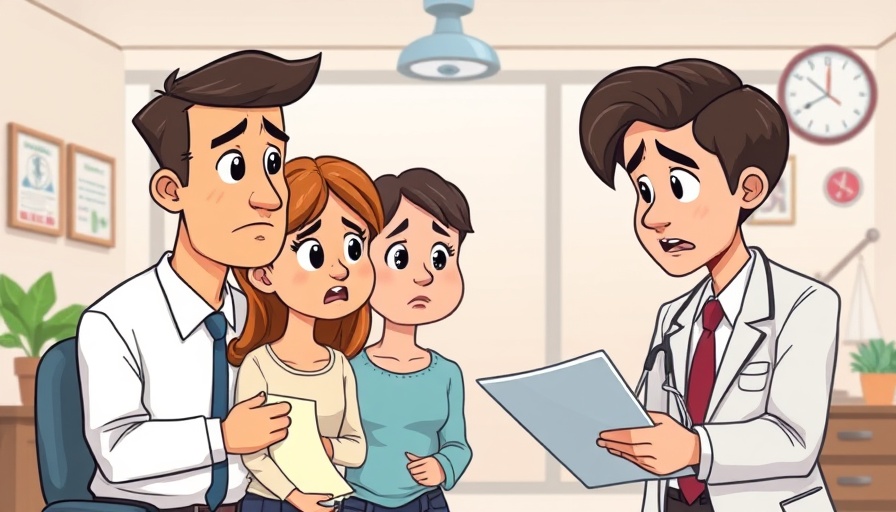
The Courage to Embrace Discomfort for Growth
As we navigate through life, we often encounter moments that evoke feelings of discomfort and uncertainty. For many adults striving for a healthy and fulfilling lifestyle, the natural response may be to avoid these moments, seeking comfort instead in distractions like social media or binge-watching television. However, embracing discomfort can be a powerful catalyst for personal growth and self-discovery.
Finding Lessons in Discomfort
In her insightful book When Things Fall Apart, author Pema Chodron emphasizes that discomfort is not merely an unwelcome inhabitant in our lives; instead, it serves as a messenger, guiding us toward deeper understanding and self-awareness. She suggests that feelings like irritation or fear can highlight where we’re holding back, providing opportunities to learn and evolve. By reframing our experiences, we can begin to see these challenging emotions as invaluable teachers.
Why We Avoid Discomfort
In our fast-paced society, it’s all too easy to seek immediate comfort through various distractions. With the constant availability of entertainment at our fingertips, we can easily shield ourselves from feelings of boredom or anxiety. However, this avoidance can prevent us from addressing the very emotions that hold the key to our growth, trapping us in a cycle of discontent.
Techniques for Leaning Into Discomfort
Instead of fleeing from discomfort, consider integrating simple practices into your daily life that encourage introspection and acknowledgment of uncomfortable feelings. Here are some actionable insights to consider:
- Mindfulness Meditation: Take a few moments daily to sit in stillness. Notice your thoughts and feelings without judgment. This practice can enhance awareness and help cultivate acceptance of discomfort.
- Journal Your Thoughts: Writing about your feelings can reveal patterns or triggers that lead to discomfort. Use prompts to explore deeper questions, such as, “What am I avoiding in my life?”
- Physical Activity: Engage in movement that challenges you, whether it’s a new fitness routine or an outdoor adventure. Exercise can serve as a useful outlet for processing difficult emotions.
The Transformational Power of Being Present
In his famous quote, philosopher Blaise Pascal reflects on humanity's struggle with being alone in our thoughts. His assertion that “All of humanity’s problems stem from man’s inability to sit quietly in a room alone” highlights the necessity of cultivating comfort in solitude. This can ultimately lead to profound insights and a greater understanding of ourselves.
Encouraging Boredom: A Needed Break
What if we allowed ourselves to be bored? This may seem counterintuitive, but embracing boredom can serve as fertile ground for creativity and self-reflection. The next time you feel the inclination to reach for your phone, pause and ask yourself: “What am I feeling right now? Am I avoiding something?” This practice not only fosters self-awareness but also cultivates resilience.
Conclusion: Embrace the Lessons Life Offers
The path toward personal growth is riddled with discomfort, yet it is in these moments that we can glean profound lessons. By having the courage to lean into our uncomfortable feelings, we transform them into opportunities for change and self-improvement. It's important to remember that life constantly teaches us important lessons, and the uncomfortable moments we often dread can lead to the breakthroughs we seek.
Are you ready to embark on your journey toward embracing discomfort? Taking the first step can be transformative. Let this year be the one where you confront your fears and develop a healthier relationship with yourself.
 Add Row
Add Row  Add
Add 




Write A Comment